
Acupuncture Point: Conception Vessel 6 (CV 6)
Conception Vessel 6 (CV 6) is a point that runs deep and has a powerful impact. If I had to describe it simply I would say that it nourishes the body. Learn more about this powerful point! Read more
Ancient acupuncture with modern tools.

Conception Vessel 6 (CV 6) is a point that runs deep and has a powerful impact. If I had to describe it simply I would say that it nourishes the body. Learn more about this powerful point! Read more

Gallbladder point... treatment of this point will help relieve a headache, neck pain, or shoulder tension, but it's good for so much more than that! Read more

Conception Vessel 17 (CV 17) is a crossing point for the Lung, Pericardium and Heart channels which makes it a great point to open the chest. It will help clear phlegm and congestion from the chest, help resolve an anxiety or panic attack, calm heart palpitations, and even relieve acid indigestion. Read more

Spleen 6 is one of the most commonly used points during an acupuncture treatment. One of the reason it is so dynamic is because the Spleen, Liver and Kidney channels all cross at Spleen 6. Read more
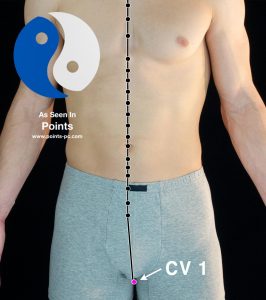
Although Conception Vessel 1 (CV 1), also called Ren 1, is rarely used in acupuncture due to its invasive location. However, it is interesting to note that this point connects the conception vessel with the governing vessel. Most acupuncturists will choose distal points along acupuncture channels to activate this point location. Chakra Connection: Conception Vessel 1 matches the location for the root chakra. The root chakra represents our foundation, survival, and ability to flourish and thrive. *Because of the invasive... Read more

Conception Vessel 12 (also known as Ren 12 or CV 12) is great for everything related to digestion. It helps with conditions such as bloating, gas, indigestion, heartburn, diarrhea, constipation. etc. Read more
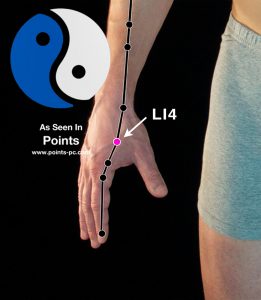
Large Intestine 4 is the number one go-to point for ANY condition related the head, neck and face. Whether you have a headache, a toothache, nasal congestion, Bell's Palsy, pink eye, an ear ache, a sore throat, or vision problem–you should include Large Intestine 4 to your treatment plan. Read more

Yin Tang is AMAZING! It helps with problems like nose bleeds, and headaches, but my favorite use for it is even more profound and special... Read more
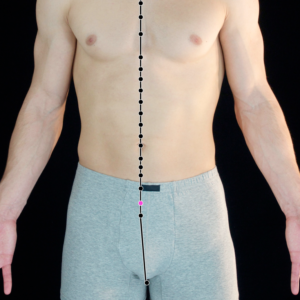
Conception Vessel 4 (CV 4) is extremely powerful for chronic debilitating diseases. Because it is a crossing point for the Liver, Kidney and Spleen channels Conception Vessel 4 can treat a broad range of conditions... Read more
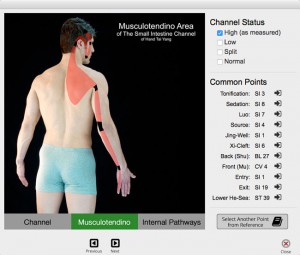
Just a quick post today… Did you know that AcuGraph 5 shows not only the channel pathways, but also includes Musculotendino and Internal pathways too? This addition to AcuGraph 5 really had Kimberly excited because when you’re showing your patient what you have found in the measurements of the channels, you can correlate those results with muscle tension, pain, organ function, and other symptom or complaint issues they’re dealing with. So, how does it work? I thought... Read more
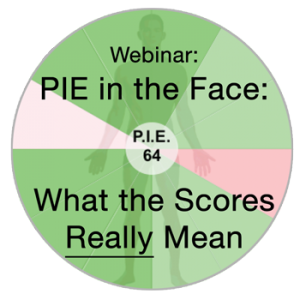
The AcuGraph Training Webinar this month is all about the PIE score. What’s it all about? Where is it from? Does the PIE score matter? Whether you’re using AcuGraph 5 or an older version of the software, this webinar will apply equally to you. Perhaps you’re even one of the users who have asked specifically for more training on it… • The ins and outs of PIE scores and what they mean in practice. • What... Read more
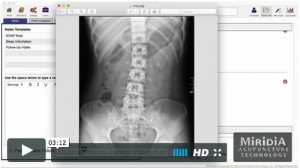
Now that we are on a “rapid-release” model for AcuGraph 5 software, we regularly add in new features. Last week was one of those releases, and today we’re highlighting one of the most important new features that is now included in your AcuGraph 5 software – Patient File. Did you know that AcuGraph allows you to add attachments to the Patient File? This is great for attaching large images, like x-rays, or large files, like... Read more

How do I come up with blogs? Well, the truth is, I don’t. YOU do! Your questions inspire me to write blogs. Today, I had a conversation with a customer regarding custom reports. At the end of our conversation she was EXCITED to start using Custom Reports more effectively in her clinic. I was excited because she was excited. THUS–I’m writing this blog so you can be excited too! Custom reports are a great time saver... Read more

Okay, since it’s officially been published in Acupuncture Today, I can’t keep it a secret any longer… Because you are my friends, I thought I should tell you myself before you read about it online. I “cuss” in my clinic. I’ve been “cussing” for about six months. I wasn’t taught how to “cuss” in TCM school. In fact, I learned this “cussing” technique through a chiropractor. It has been HUGELY beneficial to my practice. Go ahead... Read more
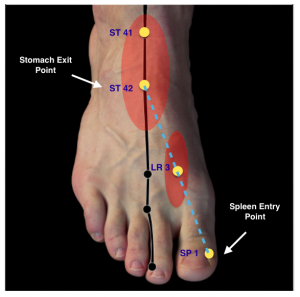
I’ll bet you’ve done this before. The patient comes in for their regular treatment and spouts off her normal chief complaints: Upper back tension. She also mentions she have a weird random pain on the top of her right foot for no recognizable reason. I moved forward with my normal appointment flow–graph the patient; treat the points related to the graph; and treatment of chronic, neck, back and shoulder pain. Finally, I let the patient relax with needles for a... Read more